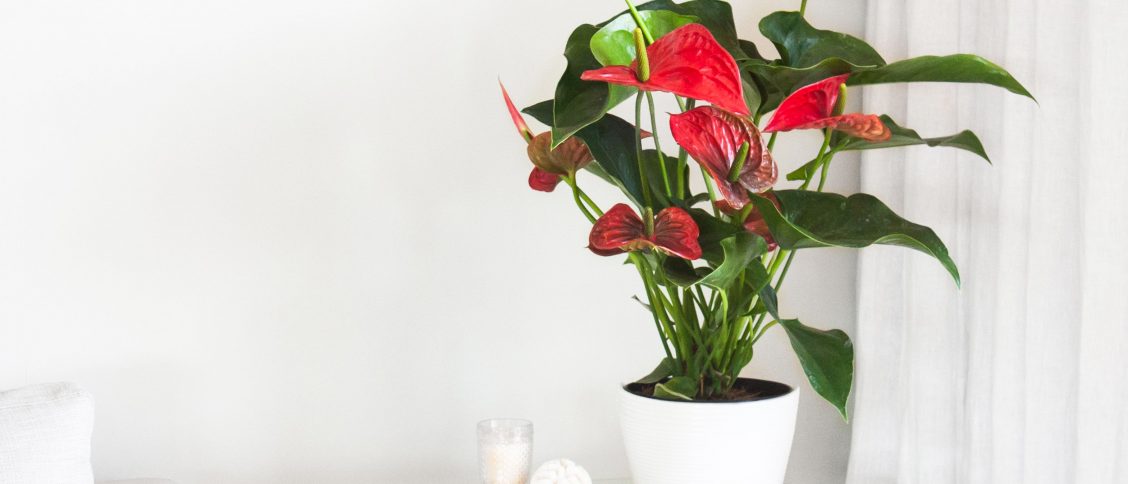In colder climates, the anthurium plant can be grown as houseplants, or outdoors in mild climates in shady spots. They thrive in wet and organically rich soils. In warmer regions, the plants can be grown in pots of soil. Proper anthurium care is simple if you offer a few critical ingredients for the plant. Continue reading to discover more about anthurium plant care. Unlimited Greens is the best place to get anthurium for sale.
Basic Anthurium Care
Anthurium plants can handle all degrees of indirect light, although those grown in low light will produce fewer blooms and develop more slowly. However, these plants cannot take direct sunlight since it would burn the leaves. They thrive in direct, strong light. Anthurium maintenance also necessitates that the soil is free draining while yet holding some water. If you’re growing this plant as a houseplant, a 50/50 mix of potting soil and orchid soil or perlite will give the type of soil anthuriums love. Plant in a well-drained area outside. Water your anthurium plant regularly, but don’t overwater it. Water your anthurium just when the soil seems dry to the touch. Because the plant is prone to root rot, overwatering might cause the roots to die. Allowing the plant to become too dry in a container can limit its development and make re-wetting the rootball difficult. If the rootball in the pot becomes too dry, immerse the anthurium plant in the pot for an hour to rehydrate it. It is not difficult to care for anthuriums. Watering is simple once the plant is in the proper soil and position. An anthurium in your yard or house will provide you with beautiful, long-lasting blossoms.
Best time for Repotting Anthurium Plants
Anthuriums that have become rootbound should be re-potted as soon as possible. If you are unsure whether the plant is rootbound, search for the following indicators:
- Roots around the potting mix’s surface.
- Roots sprouting from the drainage hole.
- Even after watering, the foliage is wilting.
- Water flows directly through the drainage hole.
- Container that has been bent or shattered.
If your anthurium exhibits indications of being badly rootbound, repot it right now or risk losing the plant. If your plant is just starting to appear crowded, it’s best to wait until new growth develops in the spring.
How to Grow Anthuriums in the Garden
Anthuriums thrive in regulated situations such as the house, where they receive indirect sunshine, constant temperatures, and frequent waterings. Anthurium is highly sensitive to cold and requires consistent temperatures between 15 and 32 degrees C (60-90 degrees F) to flourish. Outdoor anthurium plants might be harmed if temperatures fall below 15 degrees C. Anthuriums demand frequent watering as well as well-draining soil. They are susceptible to root rot, crown rot, and fungal infections if they lie in damp, wet soil for an extended period of time. Anthuriums prefer partial shade or indirect light that has been filtered. Too much sunshine can burn them, and not enough light can cause them to lack the beautiful spathes and spadixes which make them so attractive. Furthermore, they do not tolerate windy conditions outside. When growing anthuriums outside, it is preferable to plant them in pots that can be brought inside if temperatures in your region fall below 15 degrees Celsius. It is also critical to fully water the root zone and then let the soil to dry between waterings. This is not always simple to do in partially shaded regions where the soil tends to stay damp and soggy. Adding organic material to the soil or mulching around the plant with peat or Spanish moss can assist. Never allow soil or mulches to cover anthurium’s plant crown, though.
Now that you know all about how to care for anthurium, buy your anthurium plants online from the best online nursery- Unlimited Greens.







